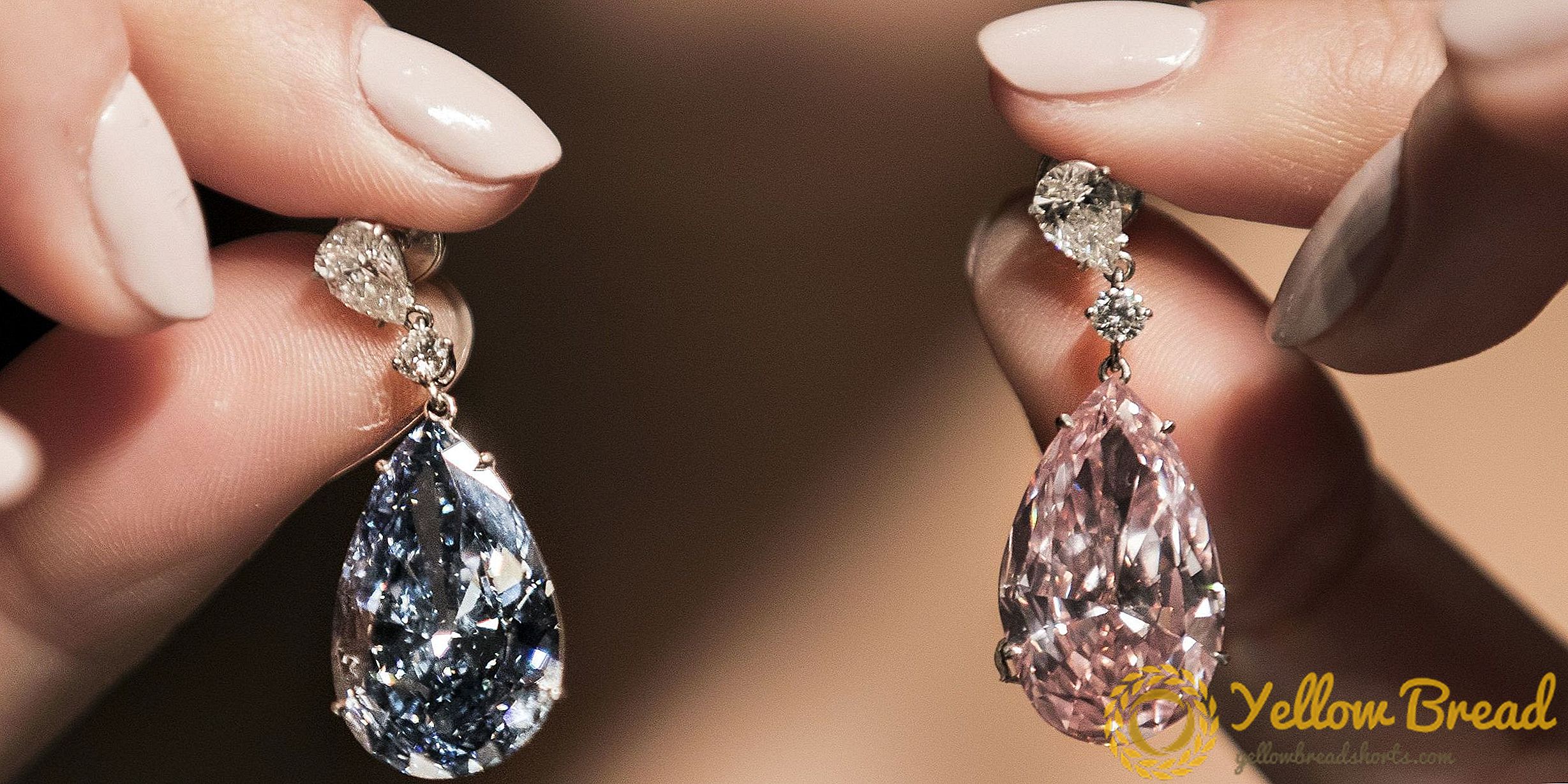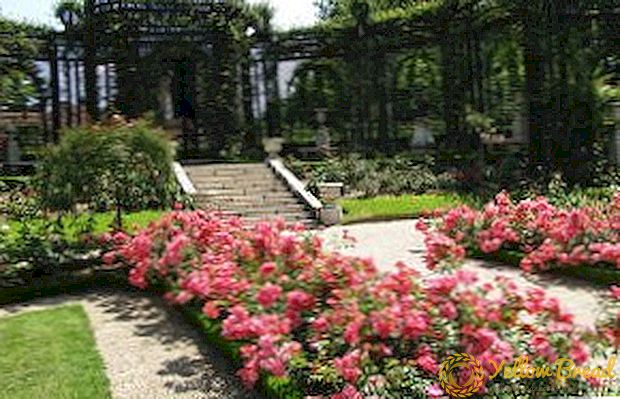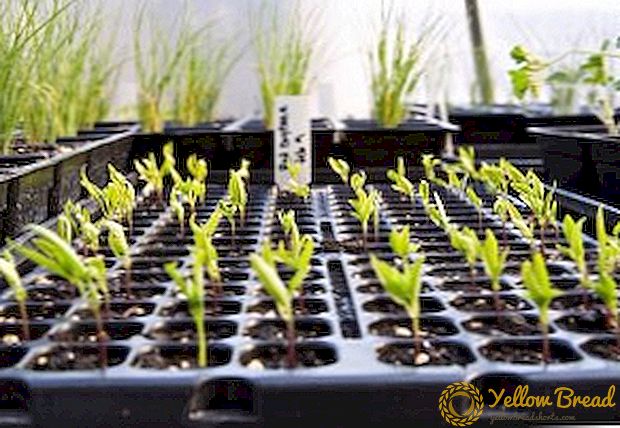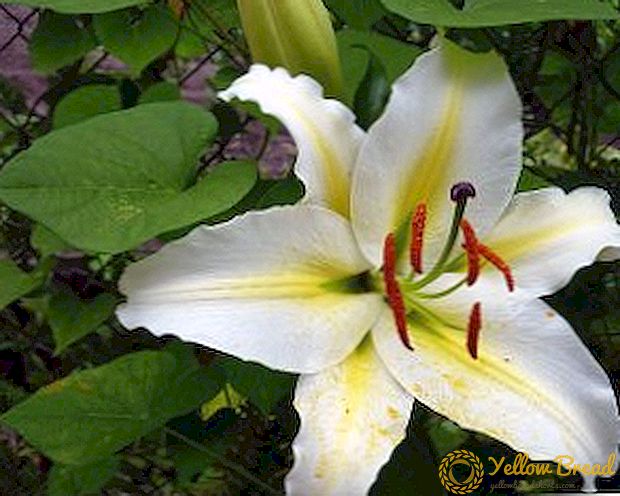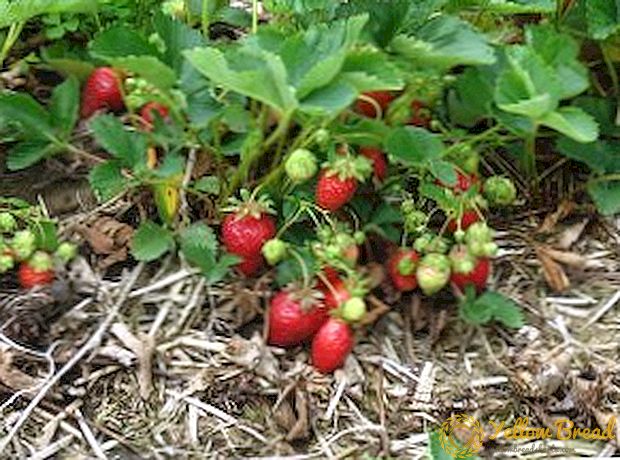 Scilla in the wild is quite common. Distributed in Asia, Europe and Africa. Includes this kind of flowers up to 90 species. It is known that 20 species of these plants inhabit the territory of the former USSR.
Scilla in the wild is quite common. Distributed in Asia, Europe and Africa. Includes this kind of flowers up to 90 species. It is known that 20 species of these plants inhabit the territory of the former USSR.
- Description of scilla
- Planting in the garden
- The choice of lighting
- Soil for planting bells
- Landing technology
- Seeds
- Vegetative reproduction
- Peculiarities of care for bell-shaped woods
- Watering
- Responsiveness to feed
- How to make Scylla bloom by March 8 and other holidays (forcing)
Description of scilla
Scylla is a perennial plant that belongs to the Hyacinth family. Scilla blooms in early spring, as soon as the snow melts, and the temperature rises to 7-10 degrees.
Scylla grows at different sites:
- in broadleaf and mixed forests;
- in the steppe;
- mountain areas;
- forest-steppe;
- in areas of highlands, up to 3600 meters.
- Scilla sibirica - translated as Scylla Siberian. Occupied in the XVIII century. The varieties that were created on the basis of this species have a color of white, pink, purple. Flowers sometimes enter into an inflorescence of 3 buds or single, bloom in late April.
- Scilla bifolia in translation - Scylla double. A short, abundantly flowering plant has a pleasant, pronounced aroma. Buds are collected in inflorescences, which can contain up to 15 flowers. It was cultivated in the 16th century. Varieties bloom white, pink, pale blue, dark blue.
- Scilla hyacinthoides, in translation, is a hyacinth-shaped proleska, contains many buds in the inflorescence, which have a peculiarity during the flowering period — first, the lower buds bloom, and the flowering gradually goes up. Peduncle reaches a height of record sizes - 80 cm.
- Scilla litardierei - it is called amethyst or meadow glades. The Balkans are considered the habitat of the species of these plants. This type of domesticated more than 200 years ago. Flowering occurs, unlike other species, later in early June. Blossom is often blue with a purple tinge. Flowers are collected in large inflorescences, which comprise up to 70 buds.
- Scilla bucharica - known as Pushkinia or Bukhara Scylla. In nature, it grows in the highland regions. The plant has thin stems up to 15 cm in height. Blooming single buds has a pale blue color.
- Scilla peruviana in translation - Proleska grape. Natural habitat - Portugal.It is actively used for decorative purposes and impresses with its abundant and beautiful flowering. The inflorescences comprise up to 100 flowers of medium size (up to 2 cm), which are located on the peduncle, reaching a height of 40 cm. The color of the flowers of cultivated plants may have white, dark blue, blue, purple colors.
- Scilla campanulata, or scape of bell-shaped. Pretty naughty flower that is difficult to grow at home. Scylla got its name for flowers resembling a bell. The color of the cultivated plant is blue with different tones: white, pink, purple. Flowering occurs in late May. The scape bell-shaped is heavily grown, its planting and care is a laborious process, the result of which is impossible to predict.







Planting in the garden
Grow this wonderful flower at home is not difficult. The main thing is to know when, where and how to plant a scilla in order to provide it with all the conditions for normal development and flowering. Due to the fact that there are many types of Scylla that can be planted on the garden plot, some conditions are likely to be different.But we will consider the optimal set of conditions that will suit all types of scilla.
The choice of lighting
Scylla feels well in a fairly lit place. Spring species can grow in direct sunlight, they require more sunlight than summer and autumn species. Also suitable for growing penumbra. In the shade, the forest will also grow, but the process will drag on, and the flowering will not be as abundant as in the sunny area. Therefore, it is possible to plant a Scylla in gardens where trees with their branches create penumbra, or in a well-lit flower bed.
Soil for planting bells
The scilla is not very fastidious to the sight of the soil, but still the best soil for planting Scylla is rich in organic matter, which contains the humus from the leaves with mineral components. For planting in your garden is recommended to add a little forest soil, which contains traces of tree bark and humus from the leaves.Scylla does not like a strongly moist soil, the best option is moderately moist. Also, the leaflet does not tolerate an acidic soil environment.

Landing technology
The scillae, which blooms in spring, is best planted after it has faded, about the period in the second half of June. Scylla, which blooms in summer and autumn, is best planted a month before flowering. This is the end of July - the beginning of August.
Seeds
If you are planning to propagate the seedling with seeds, the torn seed pods must be sown immediately after harvest. With this planting Scylla bloom will occur in the 4th year. It is necessary to sow to a depth of 8 cm, the distance between the seeds should be up to 2 cm.
Vegetative reproduction
Vegetative reproduction in this case is the reproduction of proleski with bulbs.For this planting material bought in specialized stores. It is also possible to separate the children from the adult bulb, which can form up to 4 of them during the growing season. Children are grown in separate areas until they reach a flowering period, then they can be planted with flowering Scyllae. To plant the bulb into the ground, it is necessary to make shallow holes, up to 7 cm. The distance between them should be up to 10 cm.

Peculiarities of care for bell-shaped woods
Scilla - quite unpretentious plants, but you must still follow some rules during their cultivation. Although Scylla is considered to be frost-resistant, in the first year after disembarking it is necessary cover for the winter spruce or peat layer.
Watering
After overwintering, it is necessary to remove what the plants have taken shelter and to water abundantly. Watering Scylla during the growing season should be carefully, not falling on the flowers. Moisten the soil should be when the top layer of soil is already well dried.
Responsiveness to feed
In order to Scylla pleased you with abundant blooms, it is advised to feed her with mineral fertilizers.
For these purposes fit well:
- potash fertilizers;
- nitrogen fertilizers.

How to make Scylla bloom by March 8 and other holidays (forcing)
Scylla is a unique plant that can please you with abundant flowering in winter. In order for the flower to bloom on March 8, planting bulbs must be carried out in the fall, in November. To do this, you need a pot with a diameter of 15 cm. Planting is carried out on 3 bulbs in each pot.
For this type of landing fit soil that contains:
- white river sand - 1 part;
- leaf humus - 1 part;
- sod land - 2 parts.

Thus, in order to grow Scylla on your site, you must follow certain rules for the care and planting of these plants.

